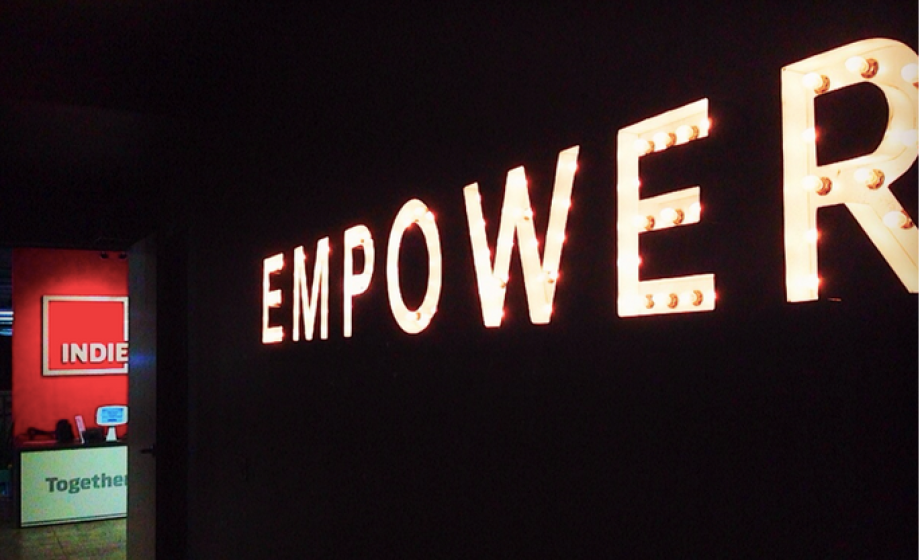
Indiegogo is in the process of rolling out a new service that it is calling ‘Perk Insurance’. This new option lets crowdfunders purchase an insurance to receive a refund of their pledge amount, not including the cost of the insurance, if a campaign never materializes. This is a first attempt at answering that question if a perk received from crowdfunding in the first place does not work out. However, we do say for a reason that it’s still a new venture in the works.
For now, the option for Perk Insurance is only available on three projects: the Sondors Electric Bike, the Bluewire Bluetooth headset call recorder, and the Olive stress monitor for your wrist. Of these three campaigns, only 35 backers (as of the writing of this article) chose to pay for the insurance. The insurance packages differ for each product as well. They all have in common that a person will be refunded if they do not receive the product three months after the expected delivery date. However, pricing is different for each. It can range between 10-20% of the cost of a perk, bringing it out to $120 or the e-bike, while only $20 for the Bluewire. On some of the campaigns, there is a limit to the amount of insurance packages that can be purchased as well. On the Olive, there was a limit to 25, while for the e-bike, there was a limit of 835.
It is still a very new aspect to Indiegogo’s service, and the kinks seem to still be in the process of being worked out. I find a bit bizarre the fact that people can see how many times the Perk Insurance has been purchased. What would it say if all 835 insurance packages had been bought for the e-bike? While it is a product that has already surpassed its funding goal by over 4,000%, I think that the insurance would show not a whole lot of confidence in a product if it was widely purchased for something that had not received much funding yet. Unless, of course, people just want to try and guarantee that they get it a little bit faster for a bit of an extra price.
The other question that must be asked is how Perk Insurance, once more widely available, will separate Indiegogo from Kickstarter. A year ago in January 2014, it was reported that less than 10% of Indiegogo campaigns are successful, while about 44% of campaigns on Kickstarter reach their goals. Could this be a response from Indiegogo to incite more confidence in its campaigns? It will have to be expanded more to answer this question.
Indiegogo's new Perk Insurance underscores campaign deliverability dilemmas

Uncategorized
